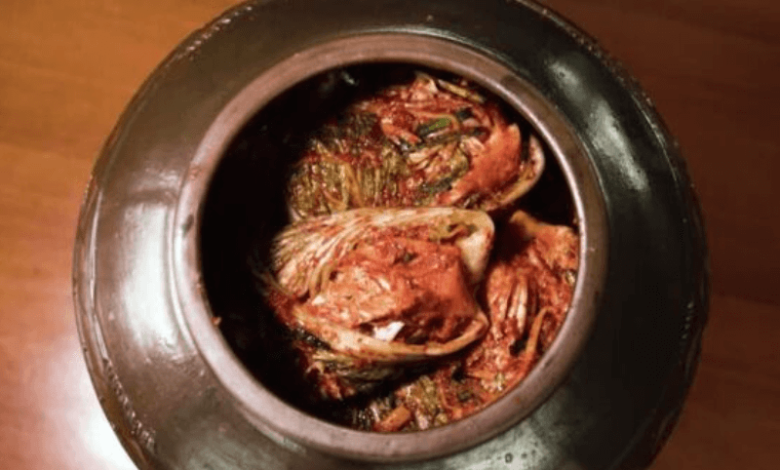Napa Cabbage in Danger: South Korea’s Favourite Kimchi Falling Victim to Climate Change

South Korea is famous for delicious kimchi, with a spicy pickled dish popular with many, but climate change has become the biggest issue with this product. The main ingredient of kimchi-napa cabbage-does not grow well in warm weather.
Napa cabbage is a cool weather crop; it normally grows in mountain areas where summer temperatures usually stayed below 25°C, or 77°F. But with the change in climate, these places have also gradually become too hot for the cabbage to grow well.
Scientists said that with further temperature increases, it might be impossible to grow napa cabbage in South Korea in the future. That is really something to worry about for people who love kimchi.
How Climate Change Affects Kimchi Production
People who make kimchi are already seeing issues with the cabbages:
- The centers of the cabbages can rot more easily.
- The heads of the cabbages can become mushy at the bottom.
- There are more insects and diseases that assail the heads.
One master of kimchi, identified as Lee Ha-yeon, says if this trend does not change, then South Korea may have to stop its tradition of making cabbage kimchi during summer.
Less Napa Cabbage Being Grown
It says the government forecasts farmers grow much less napa cabbage than before, including:
- 20 years ago, farmers used 8,796 hectares to grow cabbage;
- Last year, they used 3,995 hectares;
- In 25 years, they could be using only 44 hectares;
- The government projects that by 2090 it may not be able to plant any cabbage on mountains at all.
What’s Being Done to Save Kimchi?
People of South Korea try to solve this problem:
1. The government of the country stores a lot of cabbage supplies in large cool buildings so as to avoid shortage incidents.
2. Scientists are trying to make new types of cabbage that can grow in warmer weather.
3. Researchers look for methods to protect one of kimchi’s main ingredients-cabbages-from certain diseases and insects.
Worries About the Future of Kimchi
Farmers like Kim Si-gap, who has been growing cabbage for a long period, are concerned. They think the new varieties of cabbage may be more expensive to grow and may not have the same taste.
Kim says, “Kimchi is something that we need to have on our table. What will we do if we can’t grow cabbages again?”
Bigger Picture: Challenges in the Kimchi Industry
Climate change isn’t the only issue facing the kimchi industry in South Korea:
– It’s cheaper imported kimchi from China that attracted more imports.
– This year saw an increase of 6.9% in the import of kimchi, with the greatest amount coming from China.
– Restaurant businesses in South Korea use the imported kimchi.
Kimchi is a big part of the cultural and culinary life of South Koreans. Due to climate change, the growing problems of napa cabbage have made many people worry about its future. Scientists work hard together with farmers and the government to find ways of keeping this product on, but most likely huge changes are waiting for this famous South Korean food.



